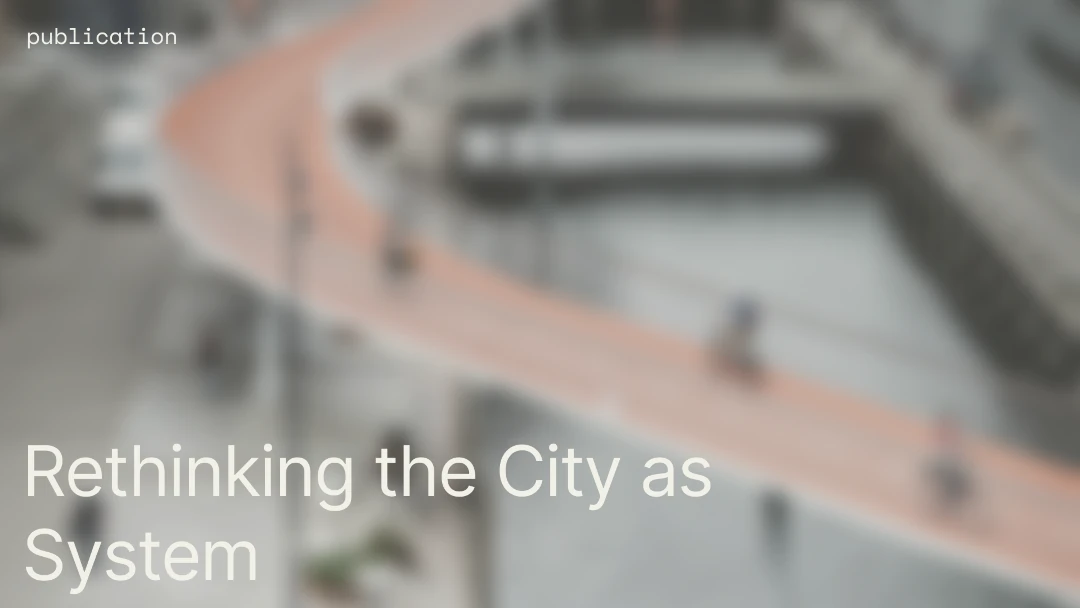
In the coming years, the construction industry will see a significant transformation driven by regulations, lack of resources and new innovations across the market. Companies are starting to introduce products that not only promise a reduced environmental footprint but try to fundamentally change the built environment for the better. By using bio materials, recycling existing ones, or simply looking back at old techniques and innovating their approaches, new, low-carbon materials are trying to take the industry by storm and drive out more polluting ones.
Challenges Faced by Innovators Due to Lack of EPDs
While the promise of these innovative materials is immense, their journey to widespread acceptance and use is hindered by a few significant obstacles. First and foremost, obtaining the right certifications takes time, money, and effort, making it harder for these novel products to compete against more established ones.
Environmental Product Declarations (EPDs), for example, are critical in the construction industry as they provide transparent and standardised information about the lifecycle environmental impact of products. However, obtaining these declarations is a complex and resource-intensive process, often beyond the reach of emerging companies focused on innovation and development. The process to create an EPD can take several months and cost anywhere from 10 to almost 40 thousand euros.
At the same time, the absence of EPDs can impede the market entry of these sustainable materials, as builders, architects, and other professionals rely heavily on these documents for making informed decisions and stay within regulatory limits. Therefore, the current EPD system, with its stringent requirements and high costs, disproportionately affects smaller players and start-ups that are the primary drivers of eco-innovations in the industry.
The Impact of Current Regulations on Market Entry
The existing legislative and regulatory landscape in the construction industry often presents another layer of complexity for innovative sustainable materials. Current regulations and standards are predominantly tailored around traditional materials and technologies, creating a framework that inadvertently favors the status quo and poses additional barriers for new entrants.
As a result, even though these innovative materials could offer superior environmental and performance benefits, they face an uphill battle in proving their viability and compliance within the rigid confines of current regulations. There is a growing recognition that for the construction industry to fully embrace the potential of these sustainable innovations, a re-evaluation and adjustment of existing legislative and regulatory frameworks is essential.
For these reasons, while materials coming from cutting-edge, innovative sources might lag behind in terms of certifications and/or regulatory benefits, it’s extremely important for the industry to acknowledge their transformative potential. The following is a useful list of companies we think deserve recognition for their innovation efforts. The list is in no particular order.
You can download the Innovative Materials Companion here
Ecolocked
Ecolocked is a German company aiming to turn buildings into carbon sinks with their climate-neutral concrete. They utilize biochar as a partial substitute for cement, adapting their recipe for specific types of concrete. This innovative method is extremely flexible, as it takes place directly during the at the plant where the concrete is first mixed.
Material Evolution
Material Evolution, based in Middlesbrough, UK, is another company looking to redefine cement production. Their novel approach involves producing low-carbon cement from industrial waste streams, utilizing an ambient-temperature alkali-fusion process. This technique significantly cuts CO2 emissions, in stark contrast to the conventional high-energy kiln processes. Having recently partnered with SigmaRoc, Material Evolution's efforts in innovation have resulted in aa market-ready range of products marketed under the Cemfree name. Cemfree Greenbloc for example, is a high-density load-bearing concrete block which matches the strength of conventional blocks while offering significant carbon savings and reduced resource use.
Sugarcrete
The Sugarcrete®️ project, led by the University of East London in collaboration with Grimshaw, is exploring the potential of sugarcane bio-waste (bagasse) in developing ultra-low carbon concrete. Leveraging the efficient CO2-to-biomass conversion of sugarcane, Sugarcrete®️ aims to create sustainable construction materials with excellent mechanical, acoustic, fire, and thermal properties.
Mogu
Mogu is focusing on mycelium, the vegetative part of mushrooms, to create environmentally responsible interior design products. Their range includes acoustic panels, resilient floors, and other materials made from fungal mycelium and recycled textile residues.
Mykor
Mykor specializes in creating insulation materials using industrial residues and mycelium. Their products like MykoFoam are carbon-sequestering and 100% circular, providing acoustic, thermal, and fire-retardant properties. Mykor's approach makes sustainable construction accessible and practical, without compromising on quality, and is suitable for various stakeholders in the building industry.
Plantd
Plantd offers carbon-negative building materials made from fast-growing perennial grass. Their structural panels, an alternative to standard OSB, are used for wall sheathing and roof decking. These panels, free from harmful chemicals, are produced with locally grown grass, contributing to soil health and requiring no tree cutting. Plantd's production process is environmentally friendly, retaining a significant portion of carbon captured in the field.
HempWood®
HempWood® offers organic flooring made in the USA from hemp. This flooring option is not only durable but also carbon-negative and locally sourced. HempWood® floors are created using a combination of hemp stalks and plant-based adhesive, offering a variety of finishes and colors, including a custom color collection.
Erthly
Erthly is an innovative company focusing on interior and exterior design products, utilizing hemp and recycled fabrics. They have developed several eco-friendly solutions, including natural fibre alternatives to chip-board and hemp veneers. These products can be custom-sized and finished on site or by external makers. Erthly's hemp corrugated rain screens have already been featured in various architectural projects, such as Margent Farm and a tiny house in partnership with Common Knowledge demonstrating their versatility and environmental benefits on the field.
Exie
Exie is carving a niche in the natural insulation market with their focus on hemp and lime products, especially for renovation projects. Their lineup includes non load-bearing indoor insulation components, floor, and roof insulation. A noteworthy innovation from Exie is their drying process for lime hemp using a dedicated drying tunnel, which significantly accelerates construction timelines.
Naturclay
Naturclay’s focus spans from thermal insulation systems to natural coatings, flooring, and paints. Emphasizing breathability and natural ingredients, Naturclay's solutions address common building concerns like moisture and energy efficiency, all while adhering to sustainable principles. Their lineup is also specifically geared to serve in renovation and retrofitting projects.




























